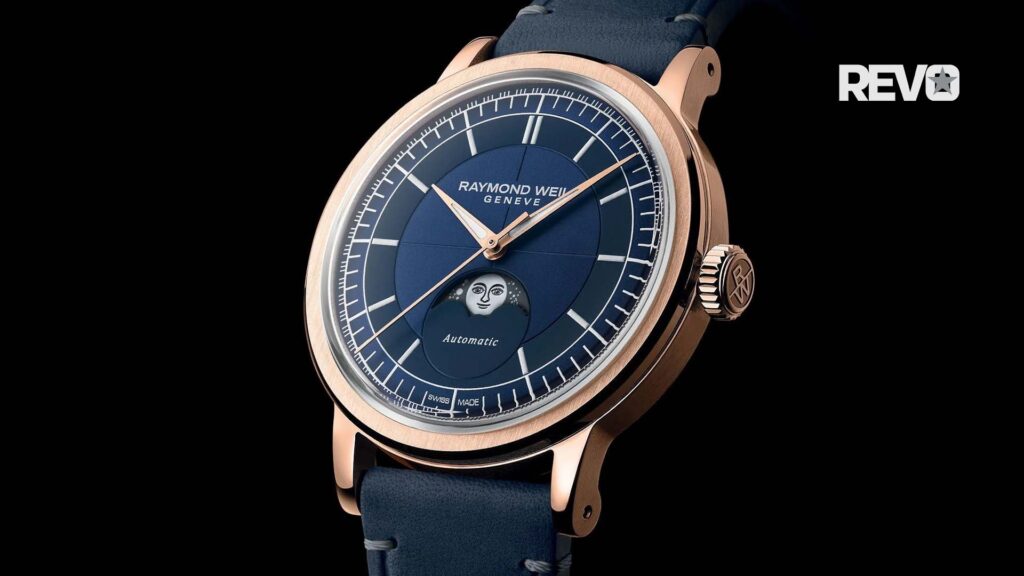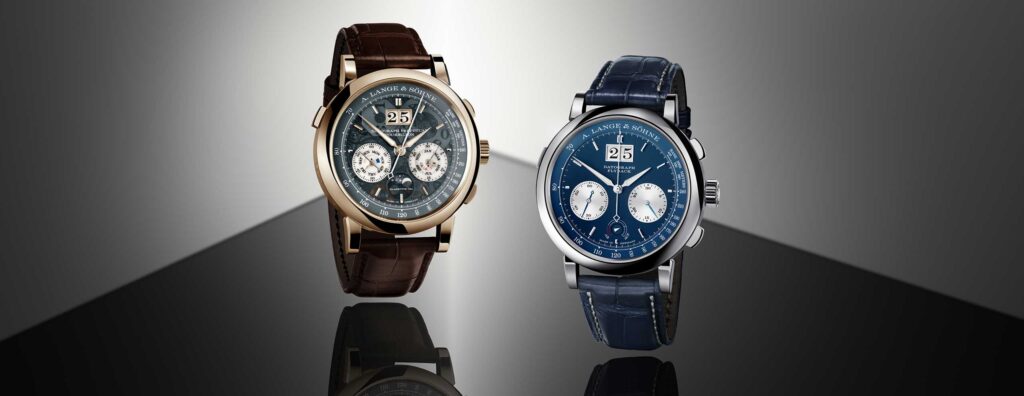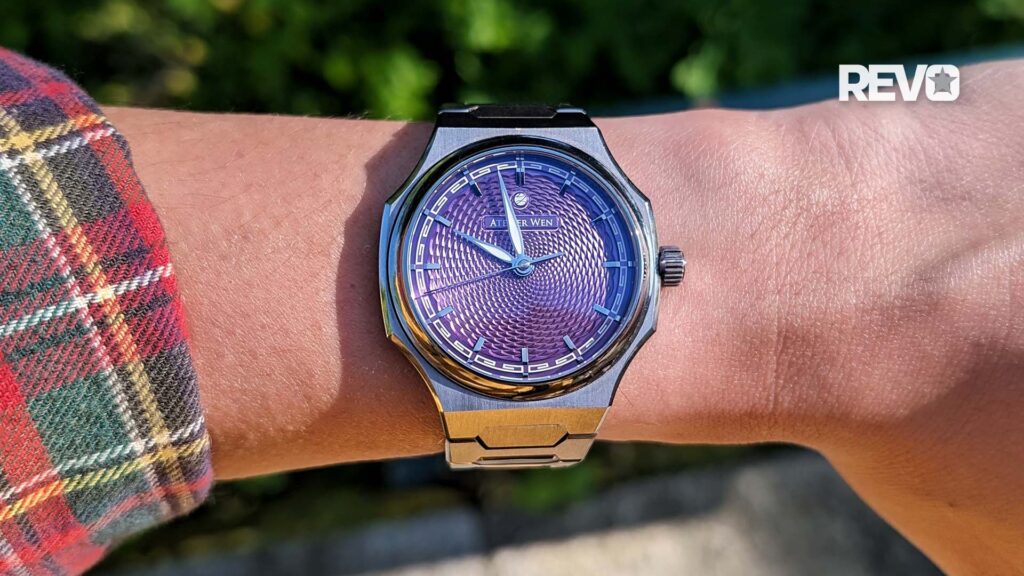Grand Seiko
Seiko Celebrates Chronograph History with December Duo
Grand Seiko
Seiko Celebrates Chronograph History with December Duo
Prospex SRQ029: Rooted in 1969
A fabulous year; not only did mankind land on the moon, the watchmaking industry also pulled off the motorsport equivalent of a formation finish when three parties independently unveiled the self-winding chronograph: Zenith’s El Primero blitzing at 5Hz; the modular Chronomatic jointly developed by Heuer, Breitling, Buren and Dubois-Depraz; and Seiko’s Caliber 6139, the world’s first automatic chronograph with column wheel and vertical clutch.

Seiko “Panda” chronograph from 1970
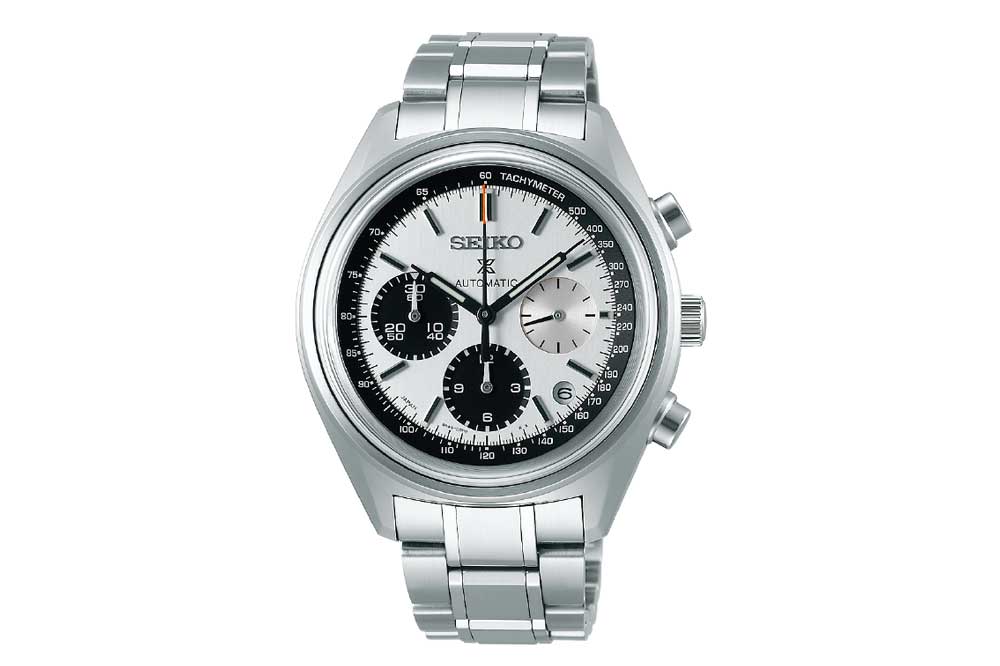
Seiko Prospex SRQ029
Inside, the Prospex SRQ029 utilises the thoroughly modern 8R48 chronograph movement which mirrors the 1969 original’s headline features: self-winding, column wheel, vertical clutch.
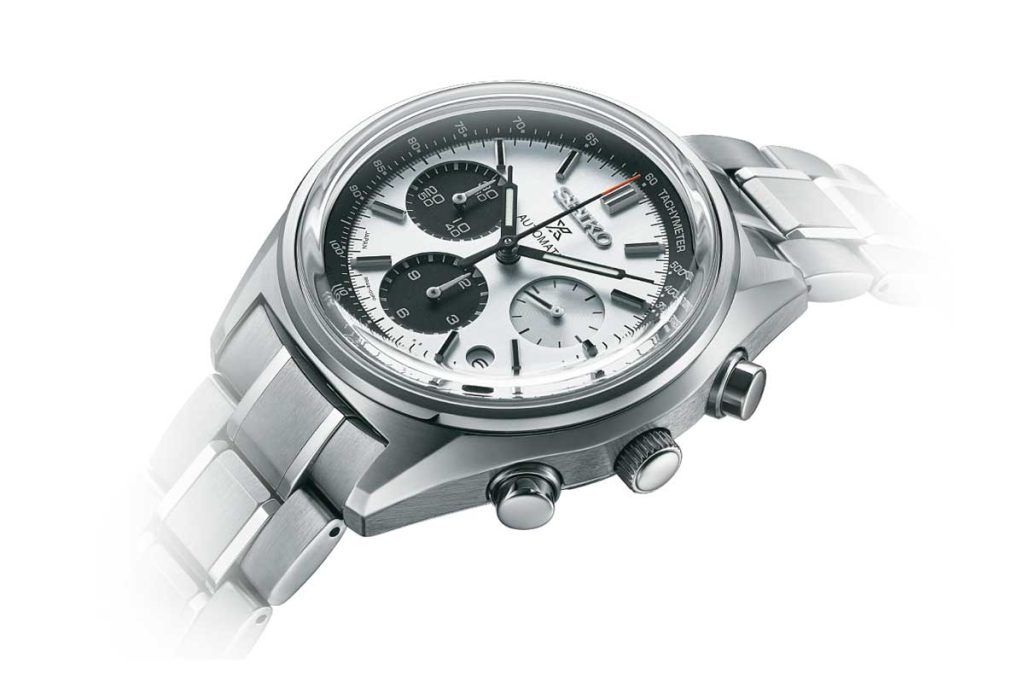
Seiko Prospex SRQ029
Presage SRQ031: It Began in 1964
As much as 1969 was very momentous for the entire planet (courtesy of NASA), 1964 was of no lesser significance for Japan. Just under two decades of good industrious behaviour after the madness of World War II, the leper (Axis) nation of Japan was being invited back into the tabernacle of peace-loving nations by hosting Asia’s first Olympic Games.
What did Japan have to show for its rehabilitation in 1964? Erm, the Shinkansen ran for the first time. Pilot’s Capless fountain pen is still a marvel today, renamed Vanishing Point. And Seiko’s manual-wind Crown 45899, Japan’s first chronograph watch.
The ref. 45899 is so quaint and clever that Seiko should seriously think about a re-issue. It’s a simple single-pusher chronograph, with manual-wind movement featuring column wheel and lateral coupling. The single pusher starts, stops and resets the central chronograph hand to measure elapsed seconds. To record events longer than a minute, just work the marked rotating bezel!

Seiko Crown Chronograph from 1964
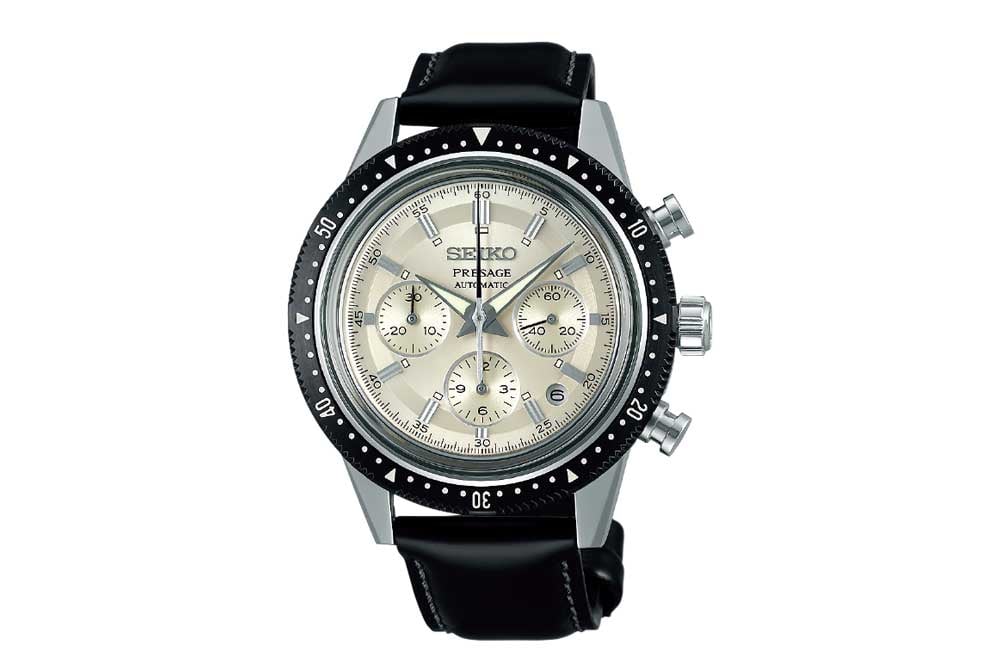
Seiko Presage SRQ031
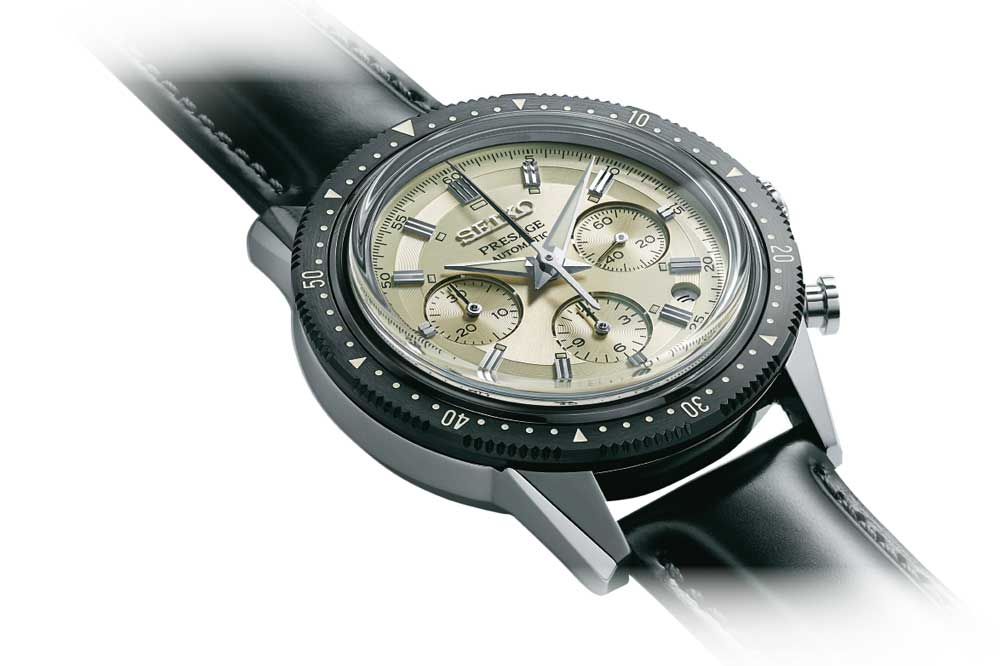
Seiko Presage SRQ031
Movement
Automatic cal. 8R48; 4Hz; column wheel and vertical clutch; 45 hours power reserve
Case
41mm stainless steel with super-hard coating; sapphire crystal; display back; water-resistant to 100m
Strap
Steel bracelet
Price
€3,700 / USD 4,077
Limited edition: 1,000 pieces[/td_block_text_with_title]
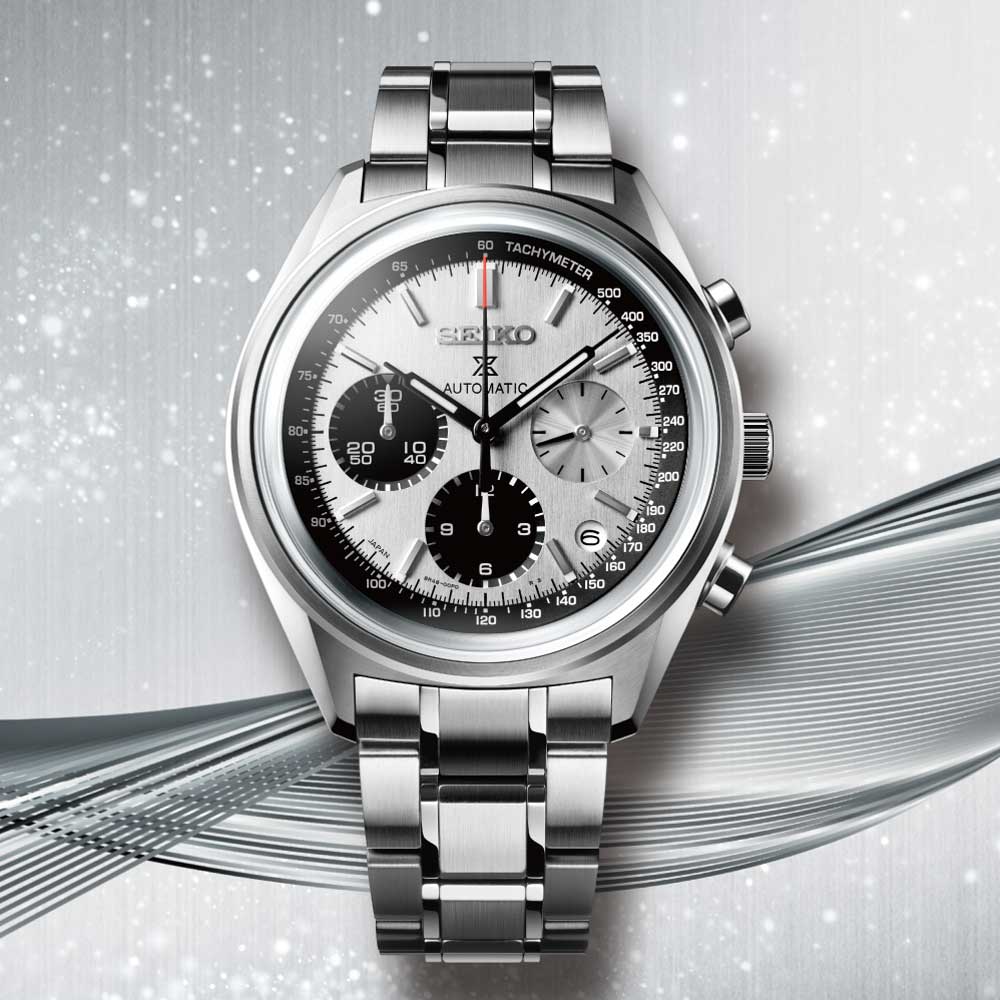
Seiko Prospex SRQ029
Movement
Automatic cal. 8R48; 4Hz; column wheel and vertical clutch; 45 hours power reserve
Case
42.3mm stainless steel with super-hard coating; sapphire crystal; display back; water-resistant to 100m
Strap
Cordovan strap
Price
€3,400 / USD 3,747
Limited edition: 1,000 pieces[/td_block_text_with_title]
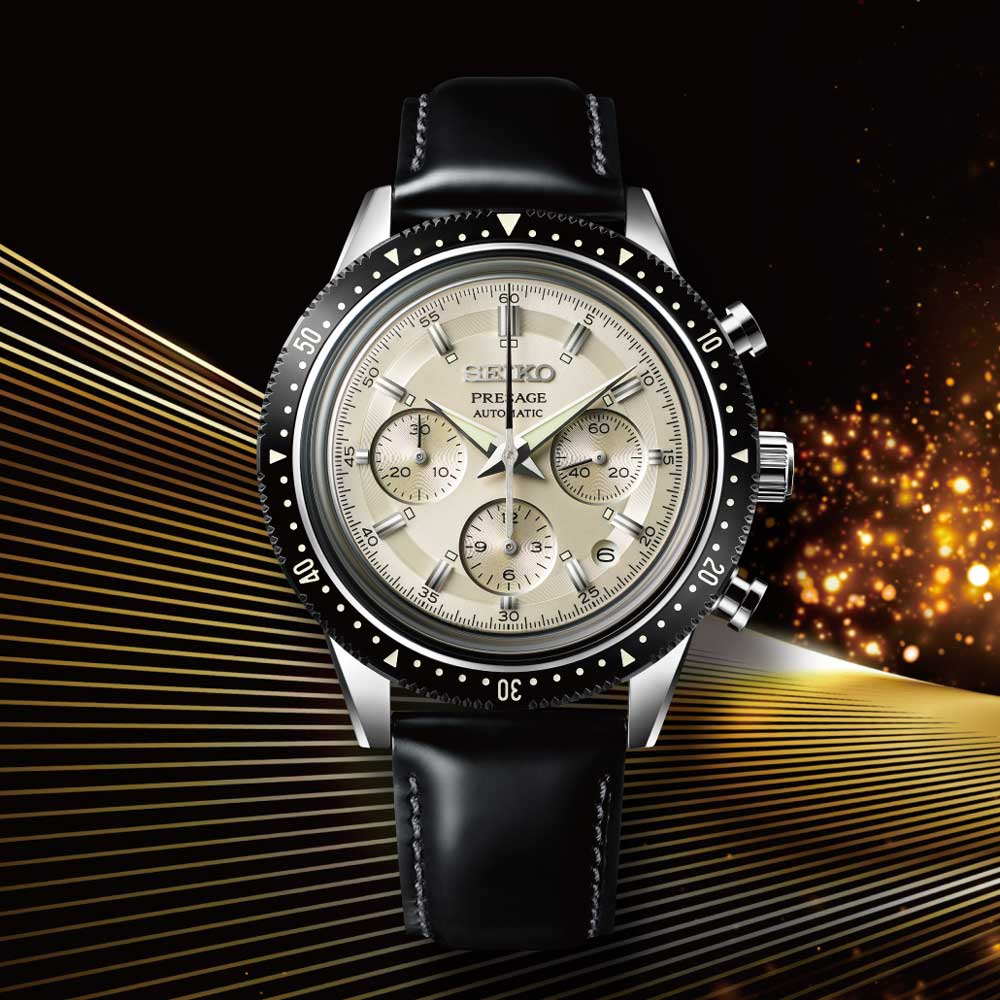
Seiko Presage SRQ031








